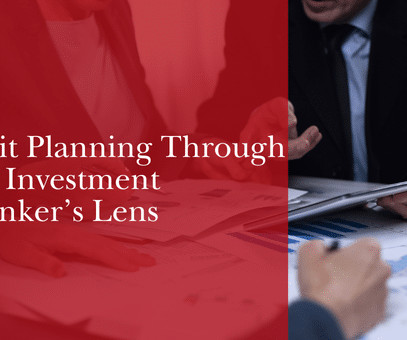Exit Planning Through an Investment Banker’s Lens
Focus Investment Banking
MARCH 10, 2025
If your goal is full retirement by 2030, plan to sell by 2028 or 2029. Optimize Working Capital (One Year Ahead) What It Is: Net Working Capital (NWC) is Current assets minus current liabilities (A/R + Inventory A/P + Accrued Expenses), excluding cash, which you keep (in a typical cash-free, debt-free transaction).












Let's personalize your content